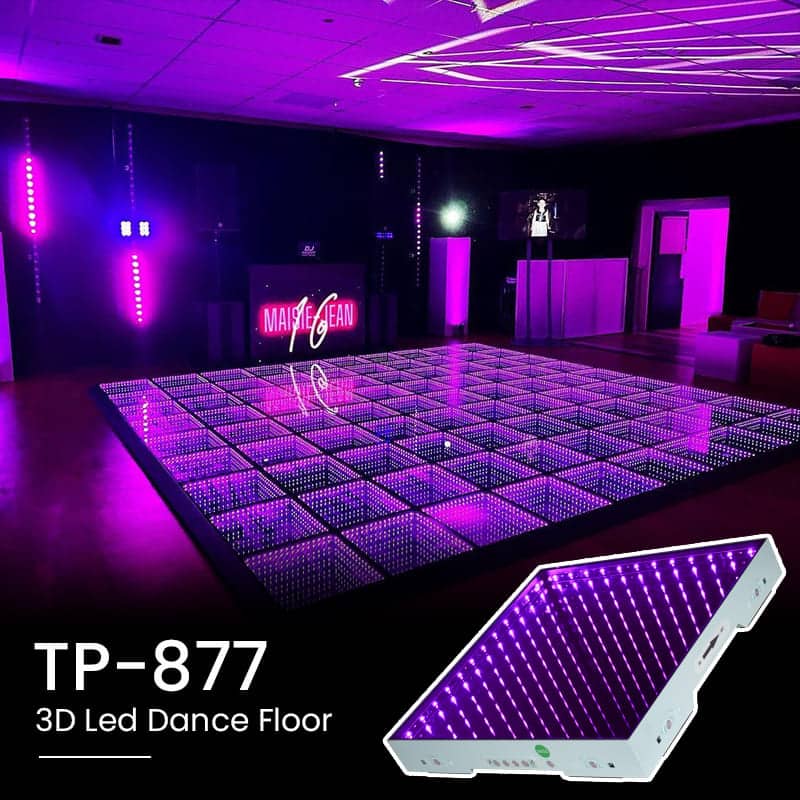Enhancing Creativity With Hue Theory within Illuminated Dance Surface Designs
Enhancing Creativity With Hue Theory within Illuminated Dance Surface Designs
Blog Article
Hue theory is a crucial element of aesthetics, especially when it relates to creating light-emitting diode dancing floors. The interaction of hues can greatly affect the mood and vibe of a venue. By grasping how colors work together, designers can craft an environment that improves the total experience for participants. This piece explores the fundamentals of hue principles and its application in light-emitting diode dancing floor designs.
The primary hues are crimson, azure, and golden. These hues cannot be created by mixing other colors together. Intermediate colors, such as green, tangerine, and violet, are formed by combining main hues. Third-level hues are created by combining a primary color with a secondary color. Understanding these basic connections helps creators select hues that enhance one another and create a visually appealing display. Mixing these colors on an LED dancing surface can result to vibrant and stimulating effects that capture the focus of dancers.
Color temperature also plays a crucial part in aesthetics. Hues can be categorized as hot or chill. Warm colors, such as red, tangerine, and golden, often to elicit feelings of excitement and warmth. In contrast, cool colors like azure, emerald, and violet typically create a calm and soothing atmosphere. Designers can use these color temperatures to establish the ambiance for various types of events. For instance, a celebration atmosphere may gain from hot hues that energize the crowd, while a more calm occasion might use chill colors to provide a soothing influence.
In furthermore to color combinations and temperature, luminosity and saturation are essential elements to consider. Brightness denotes to how bright or dark a color looks, while saturation indicates the intensity of a color. Vivid, intense colors can create a lively and energetic environment, perfect for dancing surfaces. On the other hand, softer, lower intense colors can create a further muted atmosphere. By adjusting luminosity and saturation, designers can attract focus to specific areas of the dancing surface or establish visual pathways, leading participants through the space.
Ultimately, it is essential to take into account the emotional effects of color in light-emitting diode dance floor designs. Various hues can evoke various feelings and reactions. For example, red is frequently linked with zeal and energy, while blue can be soothing and tranquil. Understanding these associations enables creators to tactically use colors to affect the actions dance floor rental for sporting events of dancers. By integrating color principles into light-emitting diode dance floor layouts, designers can enhance the overall experience, rendering it unforgettable and enjoyable for everyone discover this info here involved.